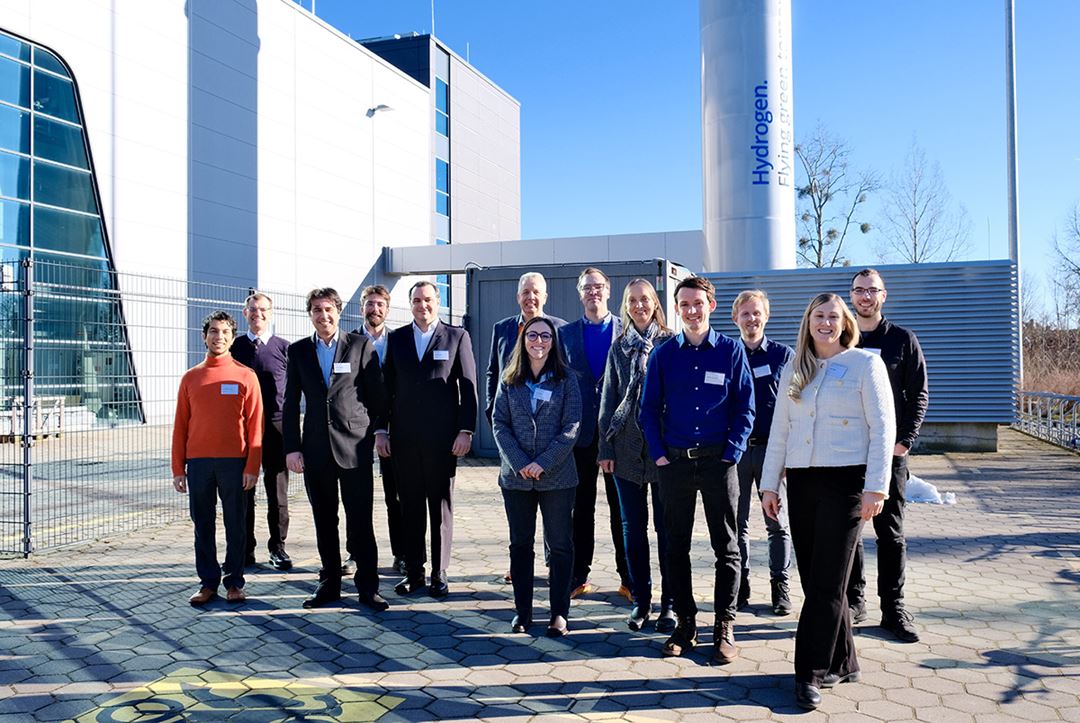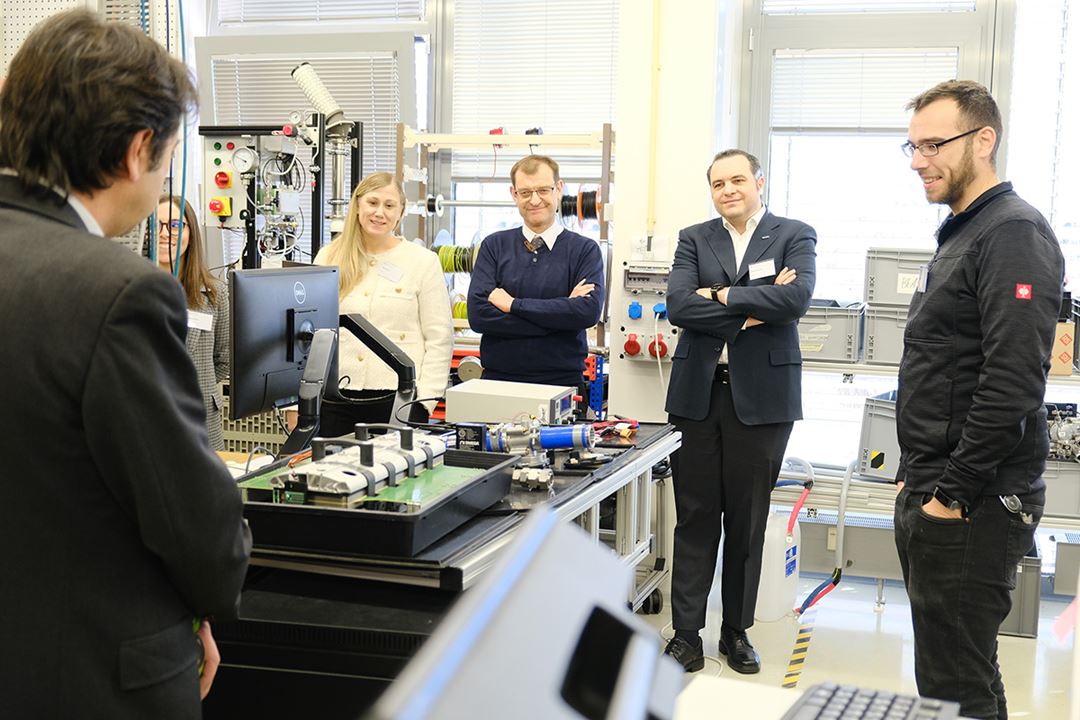As the world moves towards a more sustainable and greener future, hydrogen stands out as a key player in transforming a wide range of mobility sectors. Hydrogen-powered fuel cells have the potential to revolutionize the heavy-duty mobility sector such as road, maritime, railway, and aviation, serving as a viable alternative to fossil fuels.
Component improvements
A fuel cell system converts chemical energy from hydrogen into electrical energy. In addition to the fuel cell itself, the system consists of various components, known as Balance of Plant (BoP), which are all crucial for its performance, efficiency and durability.
The Horizon Europe project BeBoP aims to enhance these BoP components by bringing together key component developers, a world-class powertrain designer, as well as leading research institutions. Over its three-and-a-half-year duration, the project will develop more efficient, compact, and reliable components that can also monitor the health of the fuel cells.
– By improving the Balance of Plant components, beyond state-of-the-art, BeBoP’s innovations will make hydrogen fuel cells systems more efficient and reliable, ultimately bringing the fuel cells market closer to large-scale deployment for heavy-duty transport applications, says Project Coordinator and Senior Research Scientist at SINTEF, Sigrid Lædre.

BeBoP focuses on improving air compressors, humidifiers and DC/DC converters, which are all vital for the performance and durability of fuel cell systems:
- Air Compressor: Ensures that the fuel cell receives sufficient air (oxygen) at the required operating pressure to produce electricity and promptly adapts to changes in load.
- Humidifier: Maintains optimal humidity levels to ensure high performance and prevent the fuel cell from drying out.
- DC/DC Converter: Adjusts the outlet voltage to the desired level for use with an electric motor.
BeBop will deliver a more efficient air compressor and a new lightweight and compact DC/DC converter, including a power distribution unit (PDU) and equipped with a cell monitoring function. A novel humidifier will also be developed. This next generation humidifier technology seeks to improve water management and thus the system’s overall performance and lifetime, by strengthening the humidifier’s membrane and optimizing the air flow distribution.
– In the BeBoP project, leading component developers (Garrett, Freudenberg and Silver Atena) will create innovative solutions, which will be applied to state-of-the-art fuel cell systems at FPT. DLR and SINTEF will use their modelling expertise to both help develop the fuel cell system and determine how to operate it in the best way.

Modelling and system testing
The BeBoP project models will be used to compliment the development and testing of the BoP components to achieve the overall targets. The project will develop models to characterize and optimize operation of next-generation BoP components designed to minimize power consumption and reduce heavy-duty fuel cell systems' hydrogen consumption. In addition, the project aims to develop an architecture optimized through steady-state modelling to improve system performance.
The developed BoP components will either be integrated into the 200 kW fuel cell system provided by FPT or tested in a short stack by DLR (humidifier). By testing components for steady-state efficiency and dynamic behavior, the project ensures that the architectures can achieve the heavy-duty cycles required for long-distance heavy vehicles.
By enabling the scale up of the components by European manufacturers, the project brings the fuel cell market closer to large-scale deployment based on tested, reliable technology. The project will also assess the potential for standardizing their design to facilitate industrialization.


